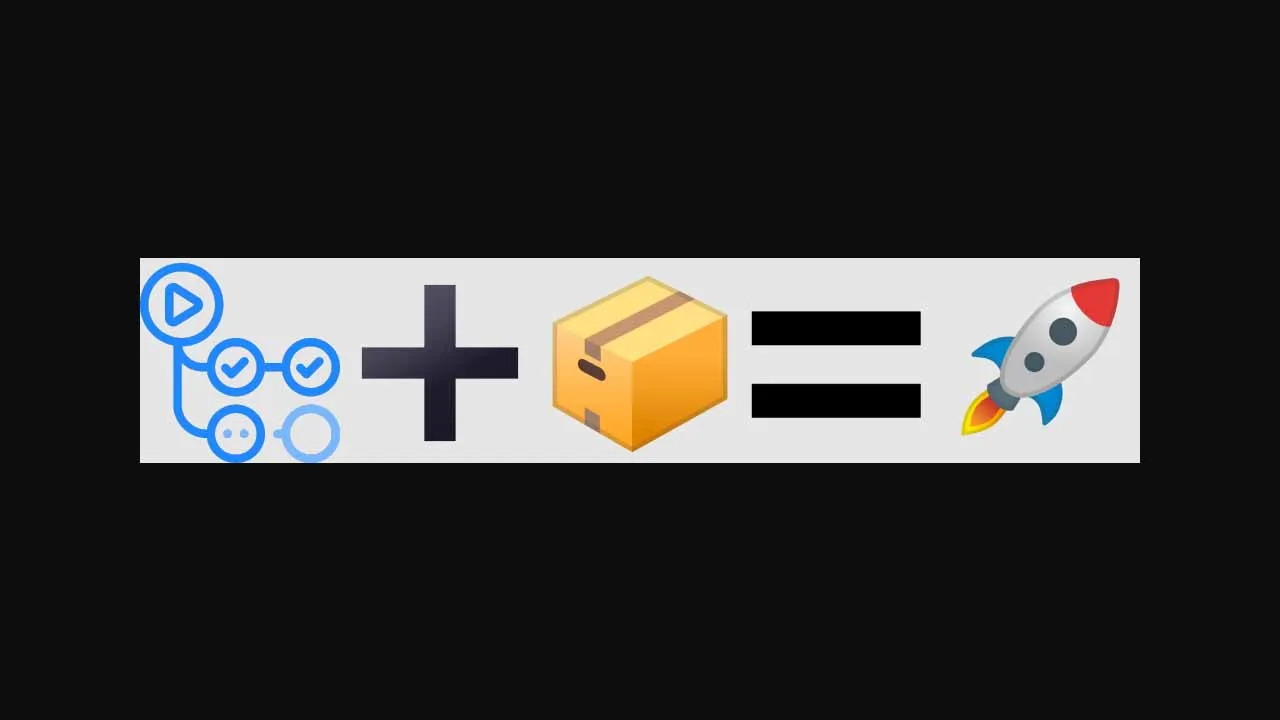Never forget to publish the latest GitHub Actions
What are GitHub Actions?
GitHub Actions are code-defined workflows that can be triggered by GitHub events to monitor repository health.
What are TS/JS GitHub Actions?
GitHub Actions need code to define the workflow and configuration to define the environment to execute the code.
There are three types of GitHub Actions:
- TS GitHub Actions which define workflow with TypeScript and use a Node.js runtime as the execution environment.
- Docker GitHub Actions which define both the workflow and environment with a Dockerfile.
- Composition GitHub Actions which is a combination of multiple GitHub Actions.
TS GitHub Actions are commonly preferred when possible because it’s:
- Portable: it runs on all operating systems whereas Docker actions only runs on Linux and composition actions depend on their children’s availabilities.
- Faster: although not significantly, allocating a Node.js runtime is in general faster than a docker container.
- Maintainable: thanks to TypeScript’s popularity, the ecosystem is well maintained.
What is Semantic-Release?
The term “semantic release” means the version numbers that looks like v1.2.3 in the order of v[major version].[minor version].[patch_number] where each version code represent performance updates/breaking changes, features and bug fixes, respectively.
However, in this post, semantic release refers to this package which is a tool built around the versioning convention described above to automate version tracking and package publishing.
#devops #typescript #github #programming
